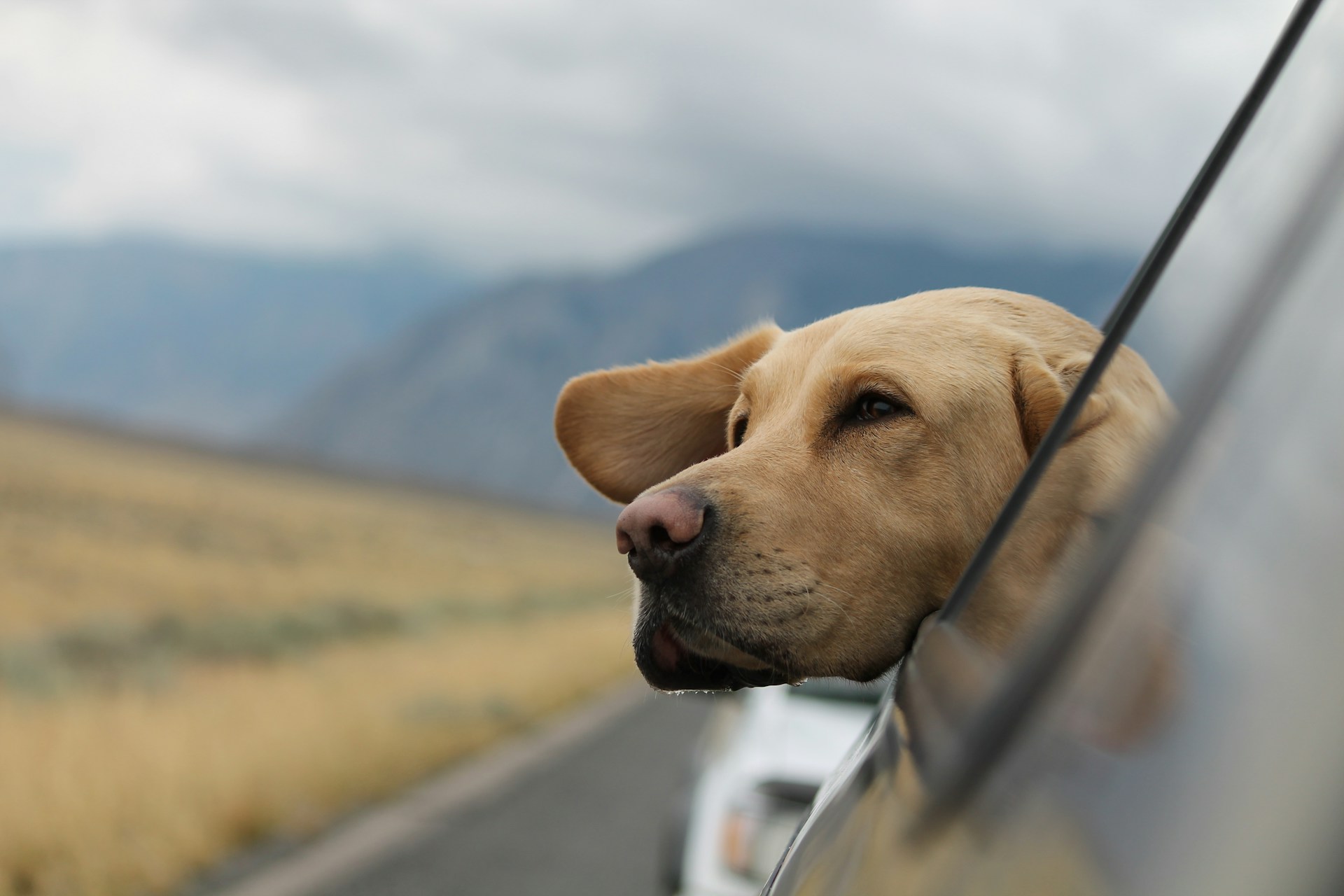Walking dogs is a fulfilling profession and a great way to spend time with our furry companions. However, it’s crucial to recognize the importance of protecting yourself and your business with dog-walking insurance. This article will explore the various aspects of dog walking insurance, its types, coverage, benefits, and how to choose the right insurance policy for your needs.
Importance of Insurance
As a dog walker, you face various risks and uncertainties. Accidents can happen, and it’s essential to be prepared. Dog walking insurance provides liability coverage if a dog under your care gets injured, injures someone else, or causes property damage. Without insurance, you could be held personally responsible for the financial consequences of such incidents, potentially jeopardizing your livelihood.
Types of Dog Walking Insurance
Dog walking insurance typically comes in two main types: general liability insurance and professional liability insurance. General liability insurance protects you against third-party bodily injury or property damage claims. In contrast, professional liability insurance, or errors and omissions insurance, covers claims arising from professional negligence or mistakes.
Coverage and Benefits
Dog walking insurance policies typically offer coverage for various scenarios, such as dog bites, injuries to dogs in your care, property damage caused by the dogs, and even lost keys or lock replacement. Additionally, some policies may provide coverage for medical expenses and legal fees. Reviewing the policy details carefully is essential to understand the specific coverage and benefits offered.
How to Choose the Right Insurance
When selecting dog walking insurance, consider factors such as coverage limits, deductibles, and exclusions. Look for policies that specifically cater to dog walking businesses and provide adequate coverage for the risks you may encounter. It’s advisable to compare multiple insurance providers, read reviews, and seek recommendations from fellow dog walkers to make an informed decision.
Cost of Dog Walking Insurance
The cost of dog walking insurance can vary depending on several factors, including the coverage limits, the number of dogs you walk, your location, and your experience level. While insurance premiums are an investment in your business’s protection, balancing affordability and comprehensive coverage is essential. Obtain quotes from different insurers and consider the value they offer.
Factors Affecting Premiums
Various factors influence insurance premiums for dog walking insurance. These may include the number of dogs walked, the length and frequency of walks, your claims history, your location’s liability environment, and your training and certification as a dog walker. Maintaining a good track record, prioritizing safety, and continuously improving your skills can help keep your premiums manageable.
Claims Process
In the unfortunate event of an incident or accident, it’s essential to know the claims process of your insurance provider. Familiarize yourself with the necessary steps to file a claim, the required documentation, and any time limitations involved. Promptly reporting incidents and providing accurate information can help expedite the claims process and ensure a smoother experience.
Tips for Dog Walkers
As a dog walker, there are proactive steps you can take to reduce risks and maintain a safe environment for the dogs in your care. Always use proper leash and harness equipment, be aware of potential hazards in the surroundings, establish clear communication with dog owners, and ensure you thoroughly understand each dog’s behavior and needs. Here are some essential tips for dog walkers:
- Create a Safe Environment: Inspect the walking route beforehand to identify any potential dangers, such as busy roads, construction areas, or aggressive dogs. Take preventive measures to avoid these risks and choose routes that prioritize the safety and well-being of the dogs.
- Use Appropriate Equipment: Invest in quality leashes, harnesses, and collars that are suitable for different dog sizes and breeds. Ensure the equipment fits properly and is in good condition to prevent any incidents during walks.
- Maintain Control: Always keep dogs on a leash unless you are in a designated off-leash area. Maintain control over the dogs by using appropriate leash lengths and practicing proper leash handling techniques. This helps prevent dogs from running off or engaging in potentially harmful behavior.
- Know Dog Behavior: Understand canine body language and behavior well. This knowledge allows you to anticipate potential issues, such as signs of aggression or fear, and take appropriate action to ensure the safety of both the dogs and others in the vicinity.
- Keep a Limited Group Size: Limit the number of dogs you walk at a time to ensure you can effectively manage and control them. Walking too many dogs simultaneously can increase the risk of accidents and make providing individual attention and care difficult.
- Stay Attentive: Pay close attention to the dogs in your care throughout the walk. Monitor their behavior, check for signs of distress, and promptly address potential issues. Being attentive allows you to identify and resolve problems before they escalate.
- Weather Considerations: Take weather conditions into account when planning walks. Ensure dogs are protected from extreme heat or cold, and adjust the length and intensity of walks accordingly. Provide access to water and rest breaks to keep the dogs comfortable.
- Regular Training and Socialization: Encourage positive behavior through ongoing training and socialization. Well-trained and well-socialized dogs are more likely to respond positively to commands and interact appropriately with other dogs and people during walks.
- Communicate with Owners: Establish open communication channels with the owners of the dogs you walk. Regularly update them on the dogs’ behavior, any incidents that occur during walks, and any concerns or recommendations you may have. Maintaining transparent communication helps build trust and ensures everyone is on the same page.
- Stay Insured: Dog walking insurance provides peace of mind and financial protection. It demonstrates professionalism, shows clients you take your business seriously, and safeguards your interests in unforeseen events.
Common Mistakes to Avoid
While dog walking can be rewarding, it’s essential to avoid common mistakes that can compromise the safety of the dogs and the success of your business. Here are some mistakes to steer clear of:
- Neglecting Safety Precautions: Failing to prioritize safety can lead to accidents and injuries. Always follow safety guidelines, use appropriate equipment, and stay vigilant during walks.
- Overbooking: Taking on more dogs than you can handle can result in chaotic walks, decreased control, and potential incidents. Maintain a manageable workload to provide quality care and attention to each dog.
- Inadequate Screening: Conduct thorough screenings of the dogs you take on for walks. Assess their behavior, temperament, and compatibility with other dogs to ensure a harmonious group dynamic.
- Lack of Insurance: Operating without dog walking insurance puts your business at significant risk. You could face substantial financial burdens if accidents or incidents occur without coverage.
- Insufficient Communication: Clear and consistent communication with dog owners is crucial. Failure to update owners on incidents, behavioral concerns, or recommendations can lead to misunderstandings and potential conflicts. Maintain open lines of communication to foster trust and understanding.
- Inadequate Training: Lack of proper training and education can result in ineffective handling of dogs and an increased risk of accidents. Stay updated on best practices for dog walking and invest in professional development opportunities to enhance your skills.
- Ignoring Legal Requirements: Familiarize yourself with local regulations and licensing requirements for dog walkers. Ignoring these legal obligations can lead to penalties and reputational damage.
- Neglecting Documentation: Keep detailed records of each dog’s information, including emergency contacts, medical history, and any special instructions. Maintaining accurate documentation demonstrates professionalism and helps ensure the well-being of the dogs in your care.
- Skipping Contracts: Establishing clear contracts with dog owners is essential. Contracts outline expectations, responsibilities, and liability, protecting both parties and minimizing potential misunderstandings.
- Underestimating Liability: Recognize the potential liabilities associated with dog walking. Even with precautions in place, accidents can happen. Being aware of these risks allows you to take appropriate measures to mitigate them and ensure the safety of all involved.
Frequently Asked Questions
- Is dog walking insurance necessary if I only walk dogs occasionally?
Yes, dog walking insurance is still recommended, even for occasional walks. It provides liability coverage if an incident occurs, ensuring financial protection.
- Can I include additional coverage, such as pet grooming, in my dog walking insurance policy?
Some insurance providers offer customizable policies that can include additional coverage options. Consult with your insurer to explore the possibilities.
- What should I do if a dog I’m walking gets injured during a walk?
If a dog under your care gets injured, prioritize their well-being and seek immediate veterinary attention. Document the incident and inform the dog owner as soon as possible.
- Can I get insurance coverage for dog bites to other people or animals?
Yes, general liability insurance typically covers dog bites or injuries caused by your walking dogs. Review your policy to understand the specific coverage details.
- Are there any discounts available for dog walking insurance?
Some insurance providers may offer discounts based on factors such as the number of dogs you walk or your experience level. Inquire with different insurers to find the best rates.
Conclusion
Dog walking insurance is a crucial investment for professional dog walkers. It provides financial protection and peace of mind in the face of unexpected accidents or incidents. By understanding the importance of insurance, exploring the available coverage options, and implementing best practices for safety and communication, you can ensure the well-being of the dogs you walk and protect your business. Prioritize safety, stay informed, and walk confidently knowing you have the necessary insurance coverage.







I was very pleased to uncover this website. I want to to thank you for ones
time for this wonderful read!! I definitely enjoyed every bit
of it and i also have you bookmarked to look at new information in your site.